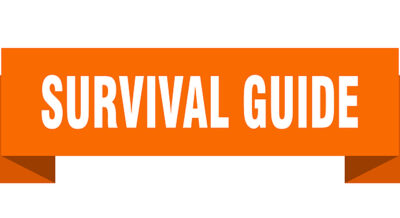Recently, I read a news article about a general-market author who offered a negative response when a reviewer gave her four instead of five stars for her debut novel. She attacked the reviewer, calling her a name I shall not repeat here. The author expressed she was upset that the reviewer had ruined her perfect five-star rating. The author’s response resulted in a barrage of retaliatory one-star reviews, and the publisher pulling her book.
As you’ve seen me post here, a book with only five-star reviews seems suspicious. Did the author merely share the book with intimate friends and loving family members?
Every day, I read one-star reviews. Many are justified, while others are brutal. We must remember that angry people believe authors are a safe place to release emotions. The reviewer may not have liked the book but could also be using the platform to vent. Authors would do well to consider this when reading reviews.
Remedies?
Don’t read reviews. While this is a guaranteed way not to be upset about one-star reviews (unless a frenemy lets you know about those), the discipline not to read any reviews is almost impossible to practice.
Learn from negative reviews. Everyone receives negative feedback simply by existing. Our job is to separate the helpful from the not-applicable and act accordingly. To share a story, for a brief time in high school, I wore a bright orange hat with a wide, floppy brim everywhere. One of my friends said, “I hate that hat.” While that comment didn’t make my day, I kept wearing the hat for several more months until I tired of it. So just because someone comments, you don’t have to act on it. Conversely, a review about a book’s errors or suggestions about pacing may help you become a better author next time, especially if that review reflects a strong consensus about your book.
Never react to an unsolicited review in public. Scream, cry, and vent to friends in private. But do not react to a review in public. Don’t thank people for nice reviews or even show humility by thanking them for bad reviews. The exception is when you are working with a reviewer to promote your book. Then it’s proper to thank that reviewer in public for kind words when appropriate. But regarding formats such as Amazon and Goodreads, where anyone can always comment on your books for any reason, don’t respond. By remaining neutral, you protect yourself and keep your fans out of any fuss.
Praise and slander are part of our industry and part of living. The less drama we live, the more peaceful and productive our lives will be.









